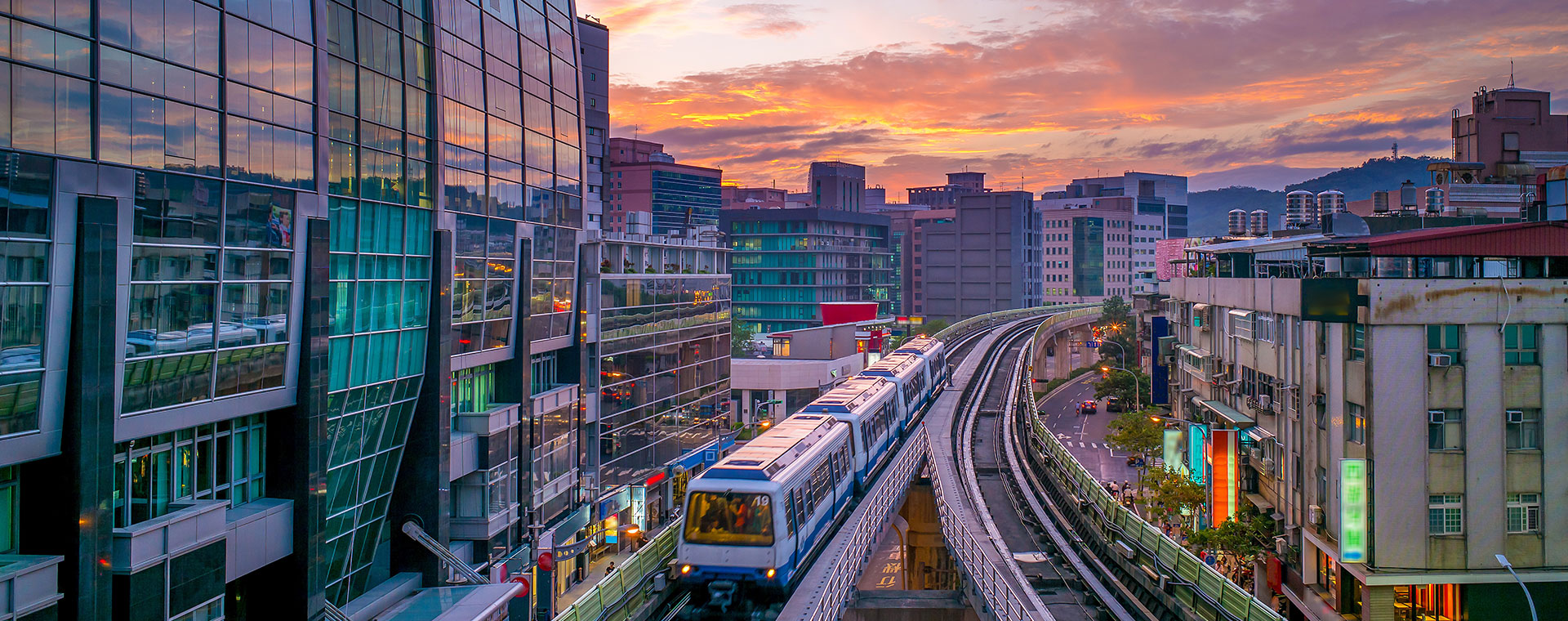Insights
Infrastructure
Are we on track to adapt our transportation infrastructure with our growing needs by 2050?
-
Graham Currie
Professor of Public Transport at Monash

The model of the 20th century - what we call the “Predict Provide Paradigm”, where urban planners would predict the amount of vehicle infrastructure, provide them, and segregate traffic - is no longer sustainable.
This model only served to incentivize the mass adoption of private vehicles by the public at large, which then became self-reinforcing and required ever-more expansion.
The 21st century, by contrast, has already seen the rise of Mega Cities - with populations of over 10 million citizens. Such urban density renders the use of private vehicles impossible. Even the nascent development of electric and autonomous vehicles does not solve this issue; carbon emissions may be reduced, but congestion would still remain prohibitively high. The only way to move citizens at this scale is through the use of public transportation. Cities such as Shanghai, which has a population of 26 million people, would literally not function without a robust public transportation system. With 20-30 billion transit rides per day globally, this trend will only increase.
Municipalities and policy makers need to consider how to use existing infrastructure to reinforce public transportation and make it appealing to the masses. One way to do this is to ensure on- time, reliable transportation schedules with higher frequency service. Another is to ensure that innovation is at the forefront of public transport modes, and ensure that passengers have a variety of modes to choose from when moving across their environment. The car prerogative must be moved away from for the future of cities, and prioritize the right of way to public transportation instead of private vehicles. Public transportation authorities should lean on private actors for operations, while centralizing planning and oversight to ensure that municipalities retain control while allowing the market to determine the best operators possible.
The question of urban mobility isn’t an option - it’s a critical obligation that will enable the cities of tomorrow to function. Currently, half of the world’s population already resides in cities, with this number only set to grow in the coming decades.
-
 Interview
Design
Interview
Design
In transportation planning, should cities be our top priority?
Zeina Nazer, Co-founder of Cities Forum and vice president of ITS UK Road User Charging Forum
-
 Insights
Design
Insights
Design
Mobility of tomorrow and urban design: do citizens have a say in what their cities look like?
Edith Maruéjouls, Founder of the Design Office L'ARObE
A city that adopts an inclusive approach to urban planning is one that rethinks the status of women and the gendered nature of public spaces. -
 Insights
Design
Insights
Design
Urban design and the mobility of tomorrow: do citizens have a say in what their cities look like?
Lior Steinberg, Urban planner and cofounder of Humankind
I believe that, in tomorrow’s world, cars will have retreated from our cities. -
 Interview
Cars
Interview
Cars
What encourages people to choose public transportation over private cars?
Van den Brandt Elke, Minister for Mobility, Public Works and Road Safety within the government of the Brussels-Capital Region in Belgium
-
 Insights
Infrastructure
Insights
Infrastructure
Are we on track to adapt our infrastructure networks with our growing needs by 2050?
Halpern Charlotte, FNSP tenured researcher at Sciences Po Paris', Centre for European Studies and Comparative Politics
In recent years, the adaptation of transport infrastructure has emerged as a major issue on the agenda of all international organizations.


